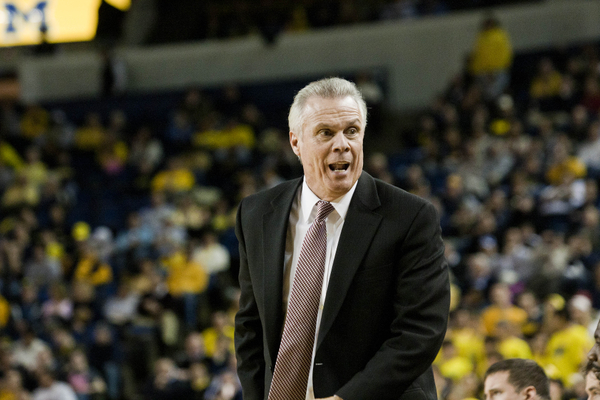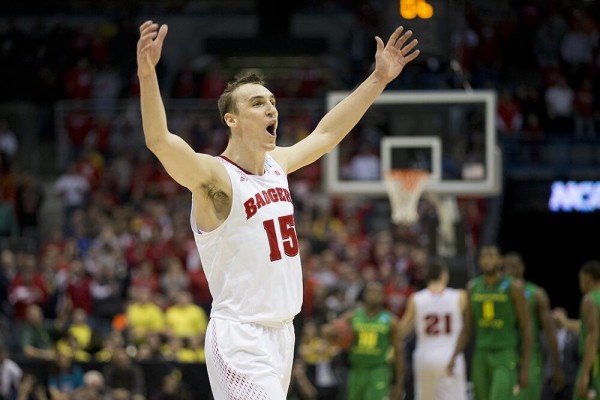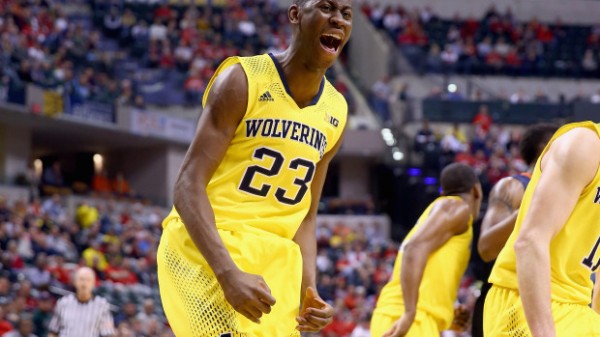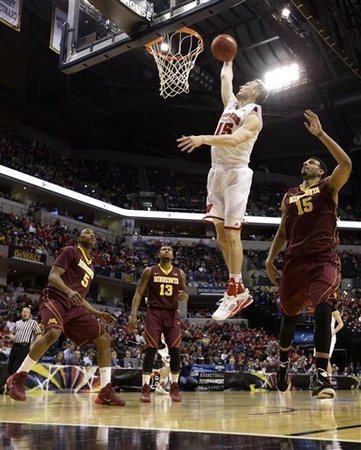2013-14 All-Americans by the (Jersey) Numbers
Posted by Andrew Murawa on April 2nd, 2014When it comes to wrapping up a college basketball season, I have a hard time doing an All-American team, because, for one, it just seems hard to narrow down four and a half months of basketball to just five names (or even 10 or 15 if you add a second or third team). Instead, in the interests of recognizing more of the players that filled up my brain this season, what I’ll do here today is take all 37 possible uniform numbers (only the digits zero through five are possible uniform numbers in NCAA basketball, to aid referees in calling fouls), and pick one player for each number. Note that I am not always going to pick just the best player here. My own prejudices and likes/dislikes will factor in, plus I want to be able to pick a guy that I will remember most from this season. In the case of a tie, a senior will get the nod. Here is my list of Players of the Year by jersey numbers.
0 – Ryan Watkins, Sr, Boise – His team didn’t even make the NCAA Tournament, but Watkins’ senior season was one to remember. The nation’s best offensive rebounder for the second year in a row, Watkins’ efficient offense and tough defense was a constant for a Broncos team that underachieved elsewhere.
00 – Royce O’Neale, Jr, Baylor – As far as the scorekeeper is concerned, a single zero and a double zero are the same number, but what fun is that? The transfer from Denver was anything but a big zero for the Bears this season, playing a big role for Scott Drew as an inside-outside threat and another big body in the Baylor zone.
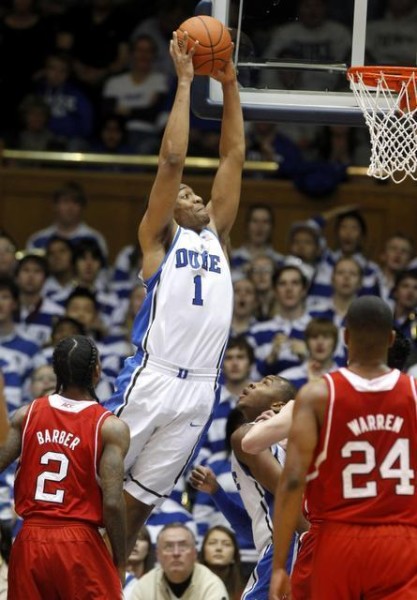
Jabari Parker May Leave Duke Without So Much As A Single NCAA Tournament Win, But He Was Spectacular Offensively For The Blue Devils This Year
(Photo: Ethan Hyman)
1 – Jabari Parker, Fr, Duke – After a quick nod to George Washington’s guard Maurice Creek, who bounced back from a career severely hampered by numerous injuries to turn in an inspiring senior season, we’ll acknowledge the fact that when we look back on 2013-14, Parker will be the guy who wore a #1 that we’ll remember most vividly. In what will likely be his lone season in Durham, he put his vast array of skills on display, leading his team in points, rebounds, blocks and sheer number of spectacular plays.
2 – Russ Smith, Sr, Louisville – A deep number with candidates ranging from big guys Sim Bhullar and Khem Birch to guards like Xavier Thames and Briante Weber, the nod here is a no-brainer. Smith’s career under Rick Pitino has been a whirlwind. After barely playing his freshman year, he earned big minutes as a sophomore only to show himself as a inveterate gunner who never saw a shot he didn’t like. But in his junior and senior seasons, he actually turned into a – gasp! – highly efficient offensive player. His three-point shooting improved every year and his game off the bounce was always explosive. And defensively? For the past two years, he’s been the best perimeter defender in America. Read the rest of this entry »
































